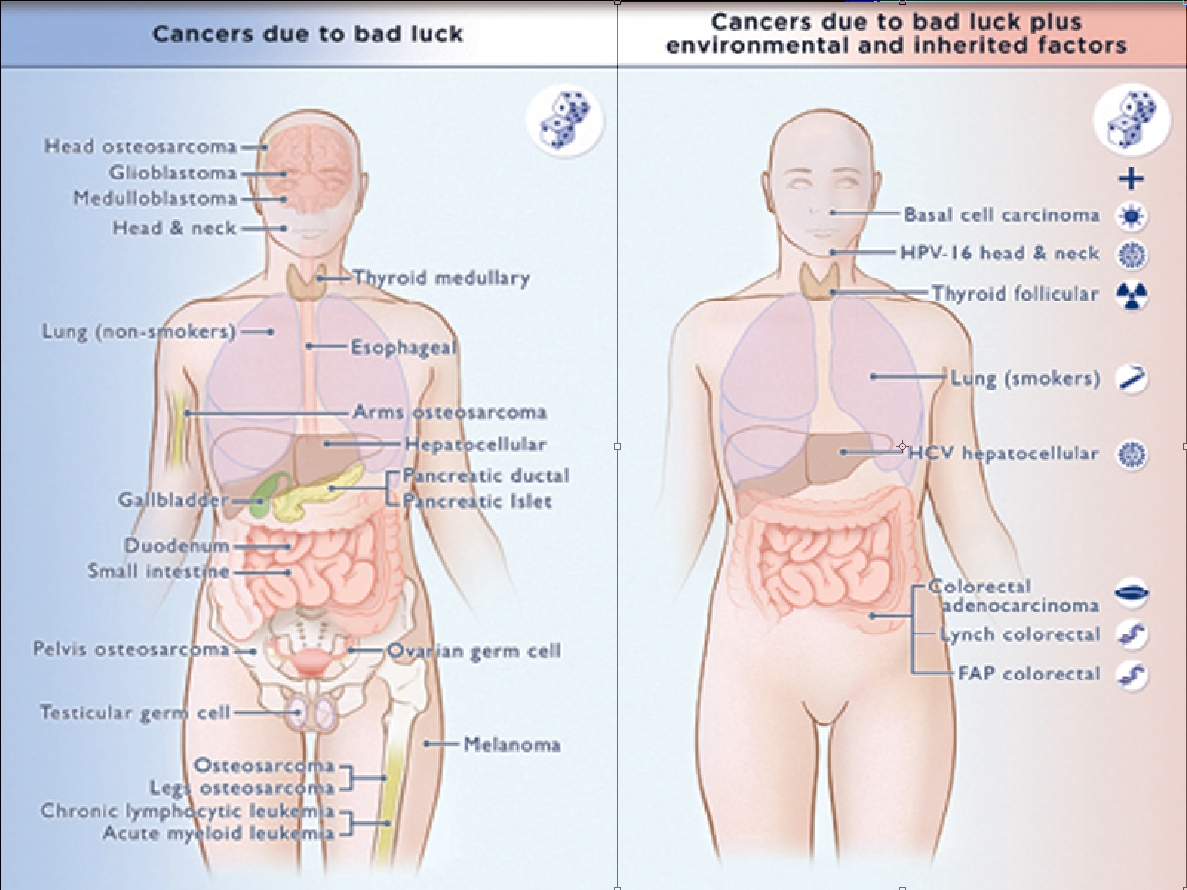Researchers at the National Institutes of Health have discovered how exposure to arsenic can turn normal stem cells into cancer stem cells and spur tumor growth. Inorganic arsenic, which affects the drinking water of millions of people worldwide, has been previously shown to be a human carcinogen. A growing body of evidence suggests that cancer is a stem-cell based disease. Normal stem cells are essential to normal tissue regeneration, and to the stability of organisms and processes. But cancer stem cells are thought to be the driving force for the formation, growth, and spread of tumors.
Michael Waalkes, Ph.D., and his team at the National Toxicology Program Laboratory, National Institute of Environmental Health Sciences, part of NIH, had shown previously that normal cells become cancerous when they are treated with inorganic arsenic. This new study shows that when these cancer cells are placed near, but not in contact with normal stem cells, the normal stem cells very rapidly acquire the characteristics of cancer stem cells. It demonstrates that malignant cells are able to send molecular signals through a semi-permeable membrane, where cells can’t normally pass, and turn the normal stem cells into cancer stem cells.
“This paper shows a different and unique way that cancers can expand by recruiting nearby normal stem cells and creating an overabundance of cancer stem cells,” said Waalkes. “The recruitment of normal stem cells into cancer stem cells could have broad implications for the carcinogenic process in general, including tumor growth and metastases.”
This reveals a potentially important aspect of arsenic carcinogenesis and may help explain observances by researchers working with arsenic that arsenic often causes multiple tumors of many types to form on the skin or inside the body. The paper is online in Environmental Health Perspectives.
Waalkes’ lab started working with stem cells about five years ago. The researchers used a prostate stem cell line, not embryonic stem cells.
“Using stem cells to answer questions about disease is an important new growing area of research. Stem cells help to explain a lot about carcinogenesis, and it is highly likely that stem cells are contributing factors to other chronic diseases,” Waalkes said.
Stem cells are unique in the body. They stay around for a long time and are capable of dividing and renewing themselves. “Most cancers take 30 or 40 years to develop,” said Linda Birnbaum, Ph.D., director of NIEHS and NTP. “It makes sense that stem cells may play a role in the developmental basis of adult disease. We know that exposures to toxicants during development and growth can lead to diseases later in life.”
Next, the laboratory team will look to see if this finding is unique to arsenic or if it is applicable to other organic and inorganic carcinogens.
Source: National Institute of Environmental Health Sciences (NIEHS)




